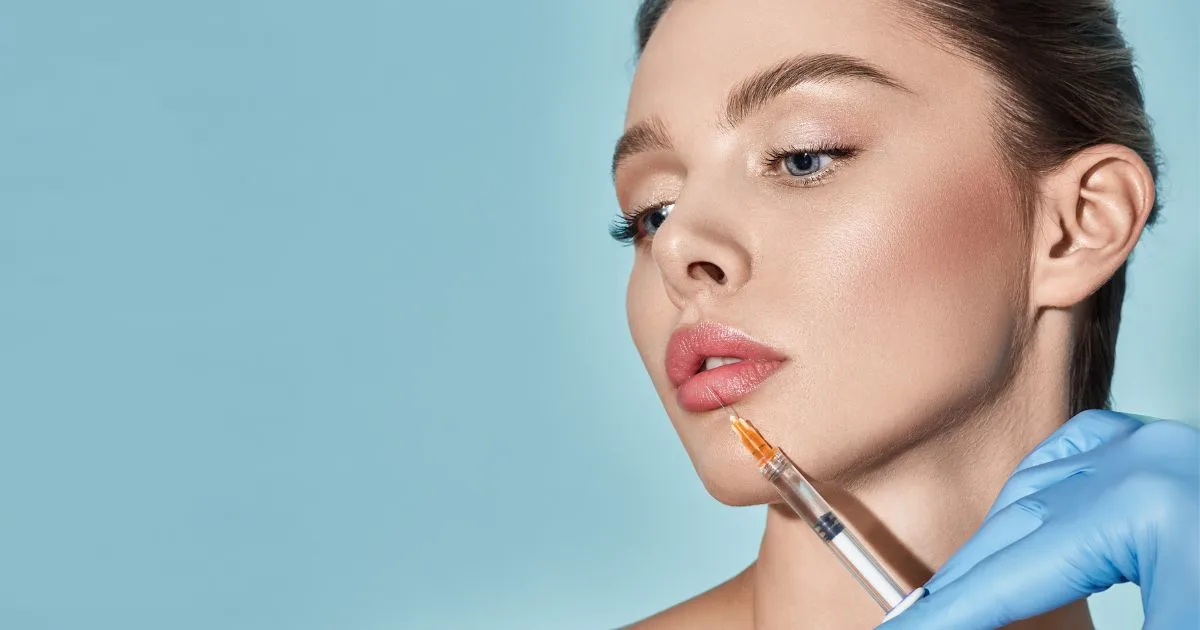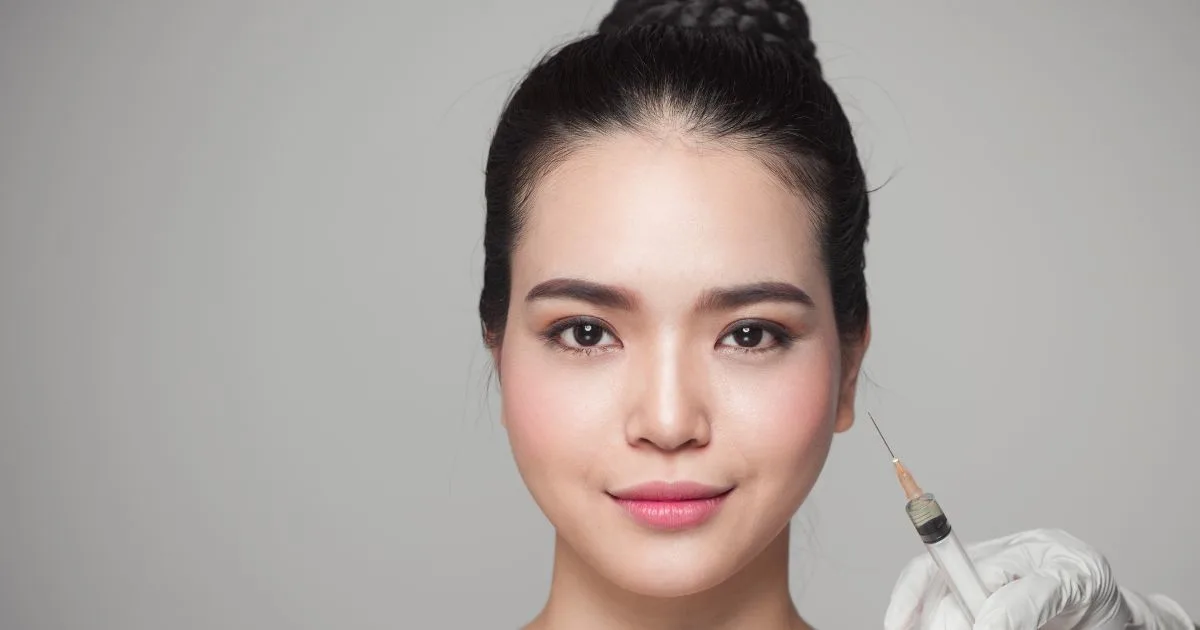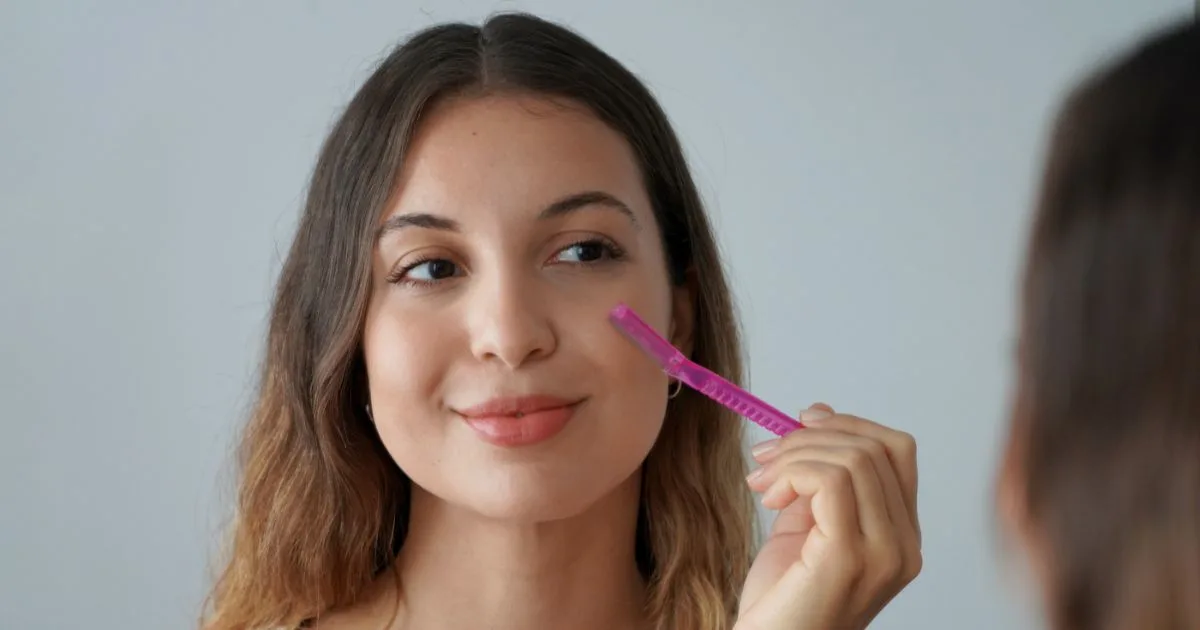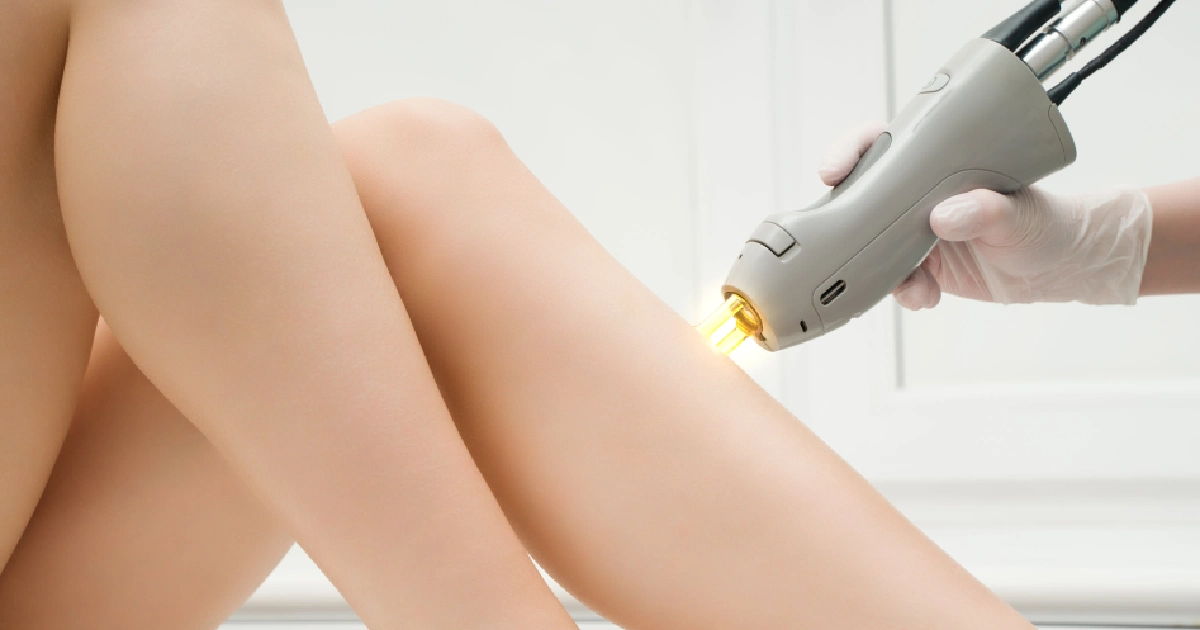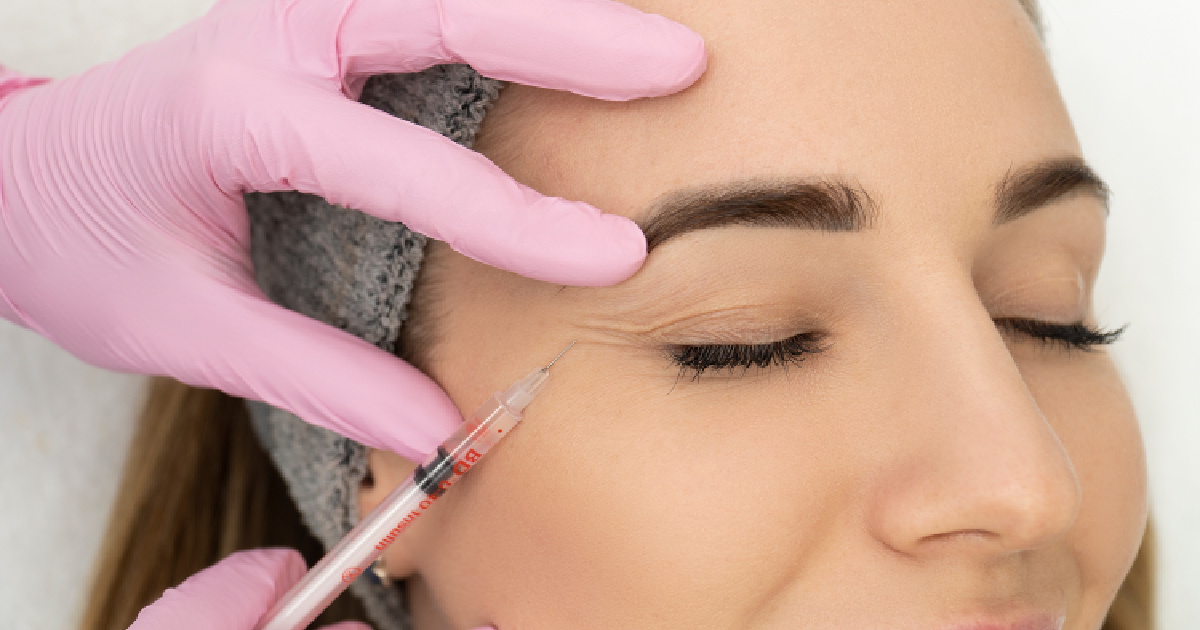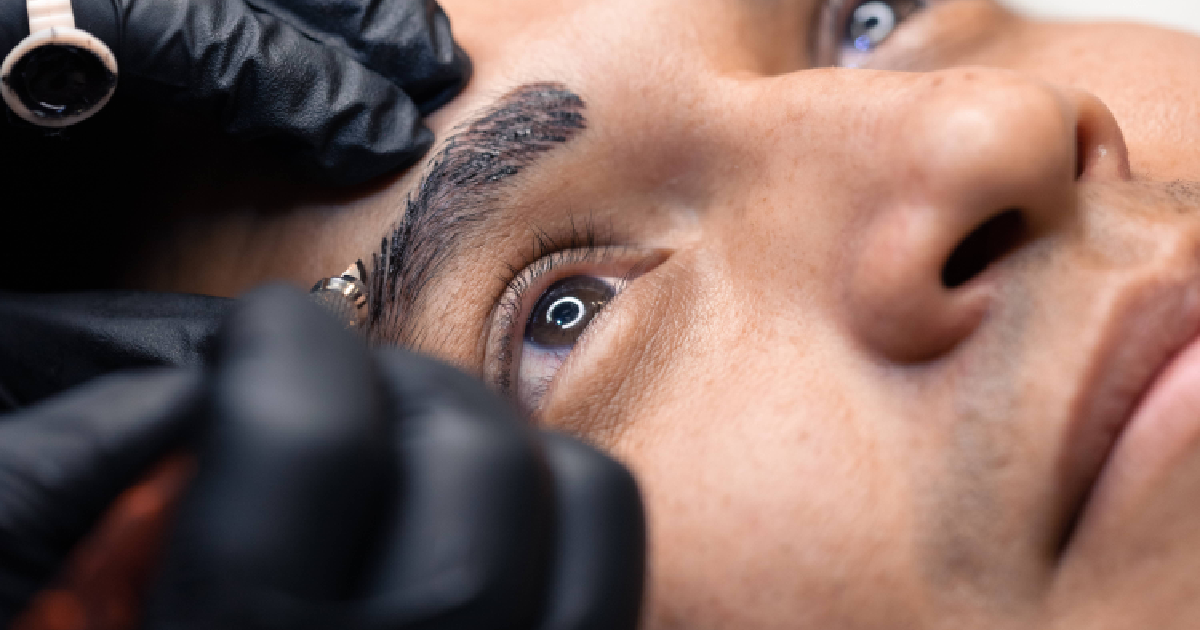Botox has become a household name, synonymous with wrinkle reduction and youthful skin. But beyond its reputation for smoothing fine lines, there are many surprising and lesser-known aspects of this popular treatment. Dive in to discover ten fascinating facts about Botox that you need to know!
1. Origins in Food Poisoning Research
Botox’s journey began in the 1800s, thanks to a case of food poisoning. Dr. Justinus Kerner, a German physician, discovered botulinum toxin while investigating a batch of spoiled sausages. This toxin, produced by the bacterium Clostridium botulinum, would later become the active ingredient in Botox. Despite its dangerous origins, when used in tiny, controlled doses, this toxin has proven to be incredibly beneficial.
2. FDA Approval for Eye Conditions
Long before it was a cosmetic darling, Botox was a medical breakthrough. In 1989, the FDA approved Botox for treating two eye muscle disorders: blepharospasm (uncontrollable blinking) and strabismus (crossed eyes). Its success in these areas paved the way for further research into its potential applications.
3. A Solution for Excessive Sweating
One of Botox’s lesser-known but highly impactful uses is in the treatment of hyperhidrosis, or excessive sweating. For those who suffer from this condition, Botox injections can significantly reduce sweating by blocking the nerve signals responsible for sweat production. This application was approved by the FDA in 2004, offering relief to many who struggle with this often embarrassing issue.
4. Quick and Convenient Procedure
A Botox session is remarkably quick, often taking just 10-15 minutes. This makes it an ideal “lunchtime” procedure for busy individuals. Despite the brevity of the treatment, the effects can last anywhere from 3 to 6 months, providing a substantial return on investment in terms of both time and money.
5. Minimal Downtime
One of the major advantages of Botox is the minimal downtime required post-treatment. Most people can resume their daily activities immediately after their appointment. There might be some slight redness or swelling at the injection sites, but these effects typically subside within a few hours.
6. Botulinum Toxin: From Poison to Treatment
The idea of injecting a toxin into the body might sound alarming, but in the case of Botox, it’s all about the dose. Botulinum toxin is one of the most poisonous substances known, but when used in tiny, controlled amounts, it safely and effectively reduces muscle activity. This reduction in muscle activity is what smooths out wrinkles and can also alleviate certain medical conditions.
7. Popularity Surge and Global Use
Since its cosmetic approval by the FDA in 2002, Botox has surged in popularity worldwide. It’s one of the most commonly performed non-surgical cosmetic treatments, with millions of procedures carried out each year. Its appeal spans all demographics, from young professionals seeking preventive treatments to older individuals aiming to rejuvenate their appearance.
8. Not Just for Women
While women have traditionally been the primary users of Botox, more and more men are jumping on the bandwagon. This rising trend has even given birth to the term “Brotox.” Men are turning to Botox for similar reasons as women: to smooth out wrinkles, maintain a youthful appearance, and address medical concerns. The stigma surrounding men and cosmetic treatments is fading fast, with Botox leading the charge in this evolving landscape.
9. Beyond Wrinkles: Medical Benefits
Botox’s applications extend far beyond the realm of cosmetic enhancements. It’s used to treat a variety of medical conditions, including chronic migraines, overactive bladder, and muscle spasticity. For chronic migraine sufferers, Botox injections around the head and neck can reduce the frequency and severity of migraines, offering significant relief. Similarly, for those with overactive bladder, Botox can help relax the bladder muscle, reducing symptoms like frequent urination and urgency.
10. Natural-Looking Results with Skilled Administration
When administered by a skilled professional, Botox can provide very natural-looking results. The key is precision and an understanding of facial anatomy. A good practitioner will use just enough Botox to soften wrinkles without freezing your facial expressions, ensuring you look refreshed and youthful without looking “done.”
The Botox Experience: What to Expect
For those considering Botox, it’s important to know what to expect from the experience. The procedure itself involves several small injections into the targeted muscles. Most patients report only mild discomfort, often described as a slight pinch. To minimize any potential bruising, it’s recommended to avoid alcohol and certain medications, like aspirin and ibuprofen, a few days before the treatment.
After the procedure, you’ll start to notice the effects within a few days, with full results typically visible within two weeks. The treated muscles will gradually relax, leading to smoother skin and a more youthful appearance. Regular follow-up treatments can maintain these results, allowing you to enjoy a consistently refreshed look.
Debunking Common Myths
There are many myths surrounding Botox, and it’s important to separate fact from fiction. One common myth is that Botox is only for older individuals. In reality, many younger people use Botox as a preventive measure to delay the onset of wrinkles. Another myth is that Botox is addictive. While some people choose to maintain their results with regular treatments, there’s no evidence to suggest that Botox is physically addictive.
Botox is much more than a wrinkle reducer; it’s a versatile treatment with a wide range of applications and benefits. From its surprising origins and medical uses to its quick and convenient procedure, there’s a lot to love about Botox. Whether you’re considering it for cosmetic reasons or to address a medical condition, understanding these facts can help you make an informed decision. Always consult with a qualified professional to ensure the best results and enjoy the full benefits of this remarkable treatment.




